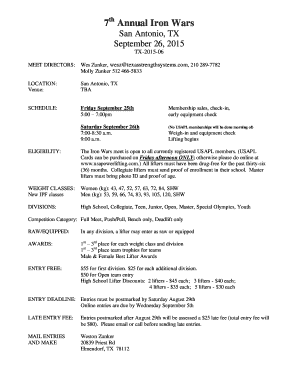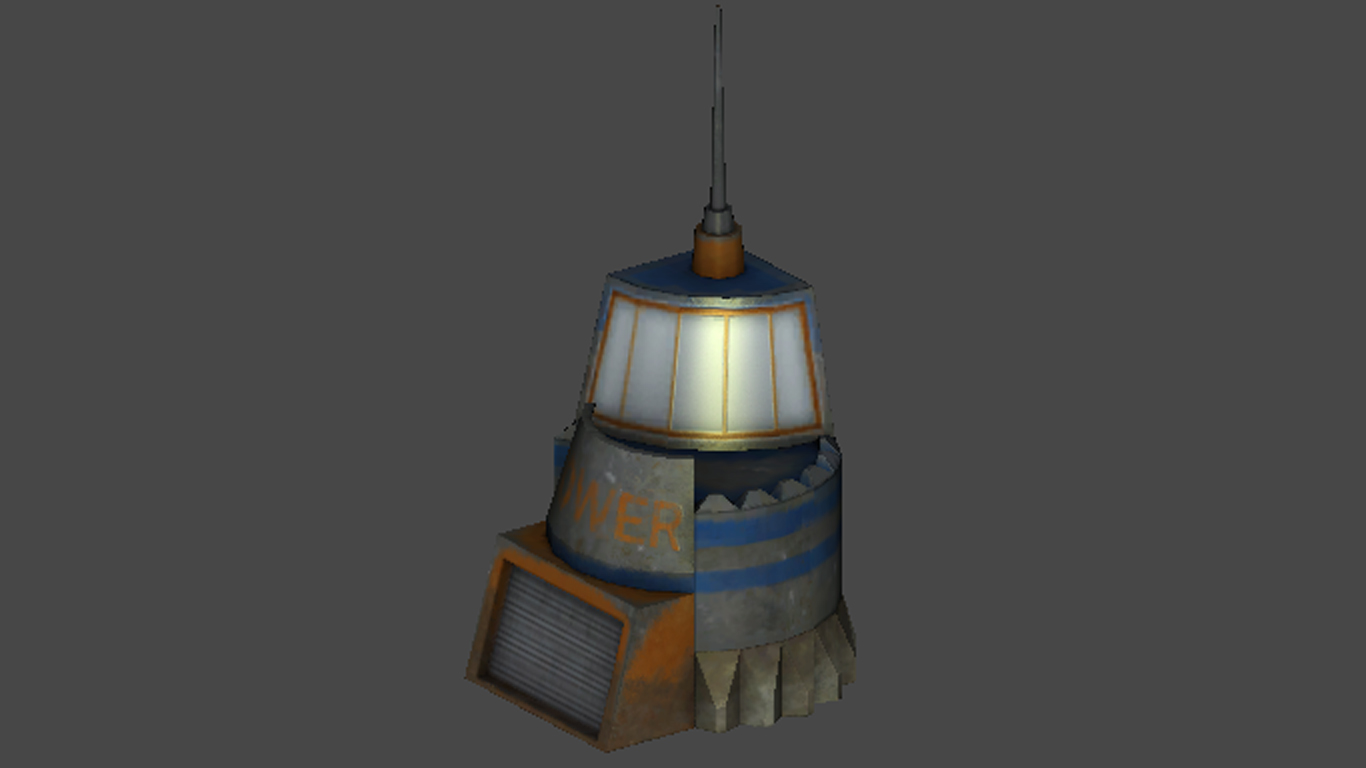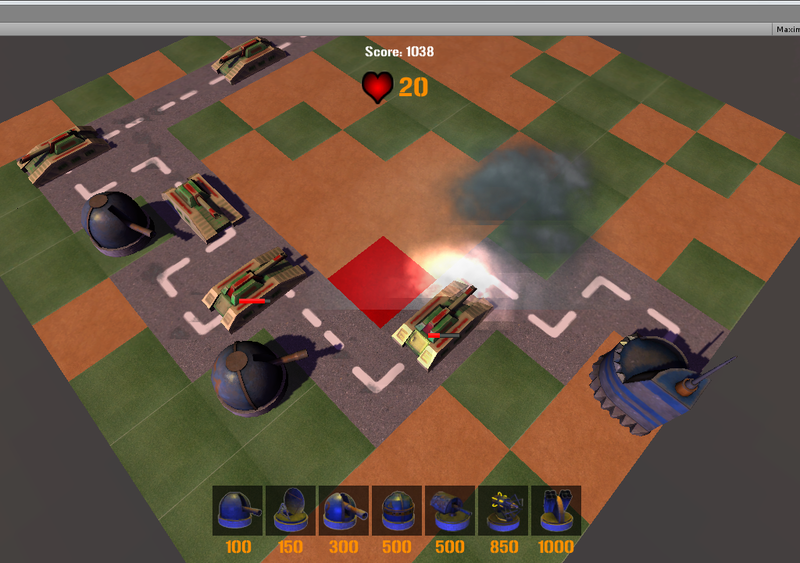

Henry Bessemer demonstrated the process in 1856 and had a successful operation going by 1864. The air blast burned the carbon and silicon out of the pig iron, releasing heat and causing the temperature of the molten metal to rise. In the Bessemer process, molten pig iron is converted to steel by blowing air through it after it was removed from the furnace.

The introduction of cheap steel was due to the Bessemer and the open hearth processes, two technological advances made in England. Steelmaking was centered in Sheffield and Middlesbrough, Britain, which supplied the European and American markets. When the process of steel-making is started with pig iron, instead of wrought iron, the challenge is to remove a sufficient amount of carbon to reduce it to the 0.2 to 2 percentage for steel.īefore about 1860, steel was an expensive product, made in small quantities and used mostly for swords, tools and cutlery all large metal structures were made of wrought or cast iron. A blast furnace produces pig iron - an alloy of approximately 90 percent iron and 10 percent carbon. The introduction of the blast furnace reversed the problem. From prehistory through the creation of the blast furnace, iron was produced from iron ore as wrought iron, 99.82–100 percent Fe, and the process of making steel involved adding carbon to iron, usually in a serendipitous manner, in the forge, or via the cementation process. Steel is an alloy composed of between 0.2 and 2.0 percent carbon, with the balance being iron. Previously, steel was very expensive to produce, and was only used in small, expensive items, such as knives, swords and armor. This article is intended only to address the business, economic and social dimensions of the industry, since the bulk production of steel began as a result of Henry Bessemer's development of the Bessemer converter, in 1857.

Since then, steel has become a staple of the world's industrial economy. The history of the modern steel industry began in the late 1850s. After 1950, the iron and steel industry began to be located on large areas of flat land near sea ports. For recent history, see History of the steel industry (1970–present).īefore 1800 A.D., the iron and steel industry was located where raw material, power supply and running water were easily available. No matter what you're looking for, we can help you find the deal that best meets your needs! You can sort the search results by price, departure and arrival time, as well as filter them by stops or companies, so you can make sure you don't miss your flight.īy the way: For the bus from Key West, FL to Miami Airport, we will also show you information about other modes of transportation, such as trains, carpooling, and flights, if available.For the history of earlier processes, see History of ferrous metallurgy. So it's up to you whether you want to choose the cheapest ticket, the fastest trip or the bus with the most amenities. The cheapest bus tickets are offered by Greyhound US at $24.86, whereas the quickest connection takes 3h 45m. Once you get your results, you can compare all available buses from Key West, FL to Miami Airport and consider multiple factors before booking your trip. Are you travelling with others? Then indicate how many people are joining you and start your search.
#ANNUAL IRON WARS UPDATE#
If you want to check a specific date, simply select the corresponding day in the calendar to update your search.ĭo you already know when you will return from Miami Airport to Key West, FL? Then check the return trip straight away and simply select the appropriate date. Generally, most people book 3-7 days in advance. We have already set a default travel date. In the search bar, we have already entered Key West, FL as your place of departure and Miami Airport as your destination.


 0 kommentar(er)
0 kommentar(er)
